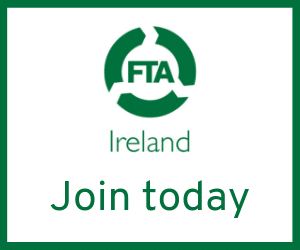Experts in water quality, Harvey Water Softeners, have found that people living in hard water areas could be adding an extra 8.24 million tonnes of CO2 into the atmosphere each year, without even knowing.
Hard water, which is found throughout an estimated 13 million homes in the UK, leaves behind limescale as a deposit when dried. Previous research shows it only takes 0.5 mm to 0.8 mm of limescale build up in your home – which can accumulate in around six months – to increase fuel costs by up to 10%.
Research from Harvey Water Softeners has found that people living in hard water regions could reduce their carbon footprint by a staggering 732kg of Co2 per year if they took measures to soften the water in their home – reducing limescale build-up as a result.
If all UK homes in hard water areas softened their water, this would equate to around 8.24 million tonnes of Co2 being removed from the atmosphere each year – the equivalent to removing 1.8 million diesel cars off the road.
Reducing limescale build-up in your home is actually better for the environment than other commonly employed methods, like using more energy efficient cooking equipment, which removes around 650 kg of Co2 per year; using more renewable forms of heating, which removes around 640kg of Co2 per year; or recycling food and packaging waste, which removes around 200kg of Co2 per year.
Harvey Water Softeners has published a guide on the benefits of softer water – which outlines hard water’s impact in the home and wider environment.
Tony Jones, General Manager at Harvey Water Softeners, said: “It is great to see a focus on groundwater for this year’s World Water Day theme – given that so many of us are unaware of the less apparent threats the minerals in our water supply can have on the health of our home and it’s utilities.
Our eco-friendly and sustainably designed uses 38% less plastic than previous models, and 62% of the plastic that was used to make the device comes from recycled materials.”






